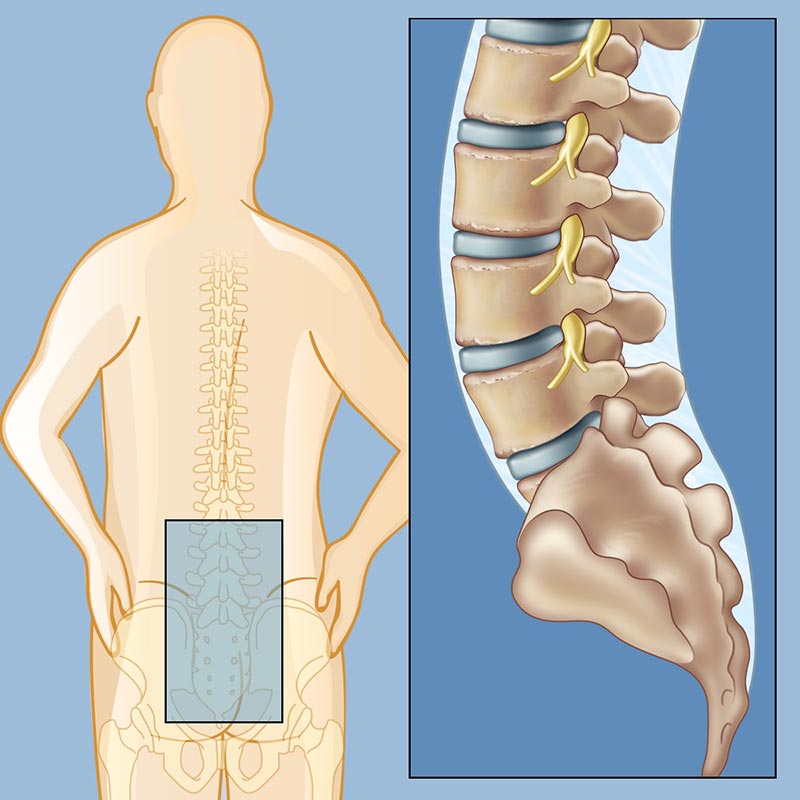Not known Factual Statements About Spinal stenosis - Symptoms and causes - Mayo Clinic


Figure, Anatomy of the distal lumbar spineImage courtesy S Bhimji MD] - StatPearls - NCBI Bookshelf
Lumbar Vertebrae - Anatomy Pictures and Information Can Be Fun For Anyone
Together, they improve the defense of the back cable and roots. The dura is the most shallow however durable layer. The pia and arachnoid, together termed the leptomeninges, are frail. The spine, roots, and nerve rootlets are closely invested by the pia. The dura and arachnoid together form a loose sheath (described dural/thecal sac) around these structures, separated from the canal walls by the epidural space.
The external surface is rough and blends with loose connective tissue in the epidural space. The internal surface, dealing with into the subdural area, is smooth and covered by a layer of mesothelium. Inferiorly, the dural sac ends at the sacral canal, typically at S2-S3 (in some cases S1). The dura continues caudally as a fibrous thread called the filum terminale externum or coccygeal ligament, which mixes with the PLL over the coccyx.

Human Lumbar Spine Model with Herniated Disc Stock Illustration - Illustration of backbone, sacrum: 159286350
Lumbar spine CT scan - UCSF Health - Questions
Connective tissue insinuates the foramen anchor the dural sleeves so that they can secure the spine nerve roots from being extended throughout L-spine motions. In addition to these tetherings, the dura is connected in locations to the PLL. Epidural area The epidural (peridural/extradural) space terminates inferiorly at the sacral hiatus, where it is sealed by the posterior sacrococcygeal ligaments.
The whole space is occupied by loose connective tissue with variable fat content, supplying padding around the dural sac and spine and functioning as a kind to hold the thin internal vertebral plexus of veins open. The vertebral venous plexus is embedded in the epidural loose connective tissue, in some cases sending big quantities of blood.
The Of Lumbar decompression surgery - NHS

A layer of mesothelium covers all leptomeningeal surfaces bathed by cerebrospinal fluid (CSF). The arachnoid mater lines the entire dural sac and extends into the dural sleeves. It likewise sends out trabeculae throughout the subarachnoid space to the pia, assisting in CSF blending. Along the posterior midline, the trabeculae kind a well-defined subarachnoid septum.
The pia mater provides support for the vasculature and nerves in the subarachnoid space. It adheres intimately to the spine. The pia forms a different sheath for each nerve rootlet and root as far laterally as the foramen, blending with the epineurium. Caudally, This Site continues as the thin filum terminale internum.
